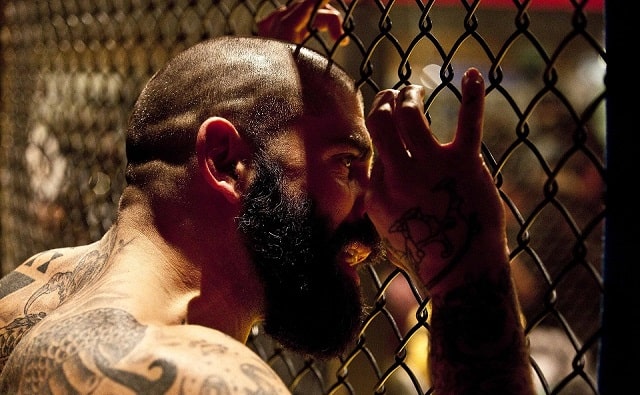Tattoos have become a ubiquitous part of society. Today, more people are getting or expressing an interest in obtaining a tattoo for various reasons.
In addition, numerous people sport more than one tattoo. On the other hand, tattoos have gained recognition as a form of expression where novices and enthusiasts view their skin as a canvas on which the artwork of tattoos plays a role in displaying their character.
As a result, tattooing maintains a level of nuance that is profound and a significant carry-over from its origins.
But with the seeming explosion of tattooing culture, the question of its inception and evolution remains. Are tattoos a construct of the modern age? Where did the concept originate? What compelled people to ink their skin permanently?
These questions are all valid and crucial in gaining a deeper understanding of the world of tattoos. While we may not have specific answers to all of them, this article still provides a brief history of tattoos that may shed some light on the more common points of curiosity about this art form.
In The Beginning
The earliest evidence of tattooed human skin was found on Otzi the Iceman- whose frozen body was unearthed in 1991 and subsequently dated between 3370-3100 BC. He had 61 carbon tattoos primarily made up of lines and dots.
Other than Otzi, experts have also found tattooed mummies globally from various cultures and locations, including Alaska, Siberia, Greenland, Philippines, Egypt, China, and Russia. Some of these discoveries were up to 3000 years old.
Why Did People Get Tattoos
Initially, tattoos were wholly cultural artifacts. People in some ancient cultures got them as symbols of religion and belief. Meanwhile, in others, they were marks of wealth or aristocracy, while other cultures used them as symbols to warn of potential danger by only tattooing criminals.
Some cultures only tattooed enslaved people to signal ownership, yet different tribal cultures believed that tattooing was a safeguard against evil and a way to preserve health.
While evidence shows that tattoos were prevalent in different ancient cultures, it took far longer for the Western world to embrace them.
In fact, because it was sailors who first popularised tattoos, they were long considered uncouth and something that ‘true gentlemen’ had to avoid at all costs.
Therefore, while sailors embraced tattoos as mementos of their travels, particularly to lands where tattooing existed, their officers would refrain from taking up the practice.
As a result of this introduction method, tattoos in the Western world long remained a mainstay reserved only for rebels and those who wished to buck the restrains of ‘modern’ and ‘polite’ society.
For example, in post-WWII America, tattoos were associated with juvenile delinquents, bikers, and those society considered criminals.
Therefore, those with tattoos often courted little respect and even contempt from civilised society. Consequently, tattooing was carried out in conditions where hygiene standards were so low as to cause such issues as reports of blood poisoning, hepatitis outbreaks, and the spread of other diseases.
Because tattoo parlours gained such a bad reputation, it became illegal to tattoo in many US states for a time. Consequently, these parlours went underground and only began remerging in the 1970s when tattoos became a part of mainstream fashion.
Learn more: Best Career Ideas for Creative Millennials
Where Is Tattooing Today?
Nowadays, tattoos are a common sight in almost every aspect of society. It is not outside the norm to see tattooed models and actors prominently showcasing all sorts of products spanning a range of price levels. Moreover, tattooing has crossed social boundaries where people of all ‘class’ levels widely adopt it.
Tattoo iconography has also shifted from the prevalence of mainly tribal pieces to ‘sleeves’ becoming the most mainstream form of tattoo art today.
In Australia, NSW recently introduced tattoo licensing laws that precipitated a significant shift in the local tattoo industry. Conventional tattoo street shops are getting replaced with custom-style private studios. Therefore, some more ‘maverick’ artists may be driven back ‘underground’.
Subsequently, it falls to you to do in-depth research into what different artists in your area offer before selecting one to ink you. It may make a big difference in the quality of work you get and your satisfaction with your tattoo after completion.


